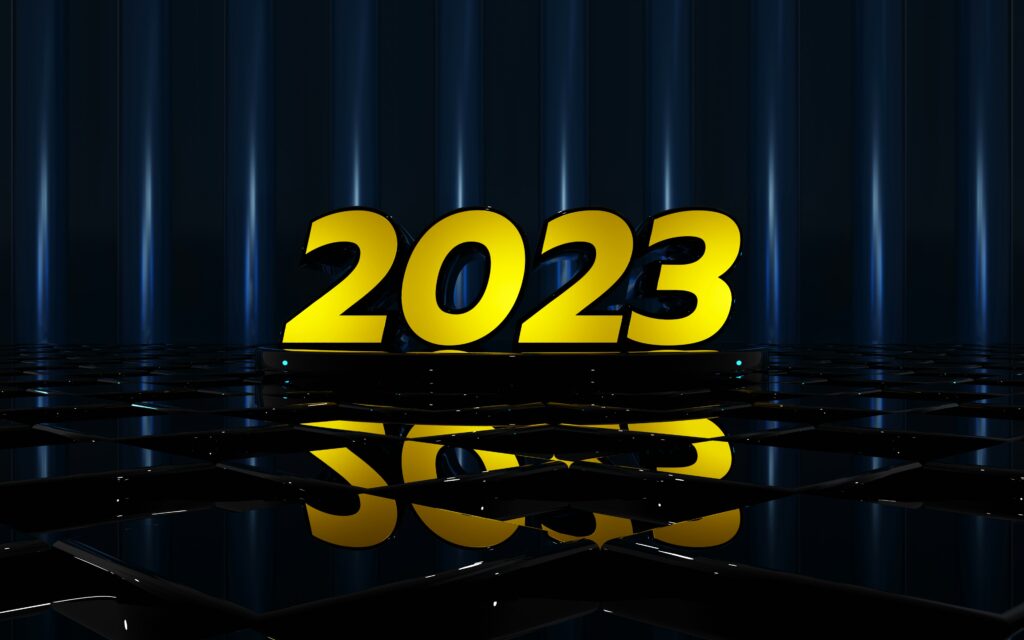Smarter Decision Making with Predictive AI
AI isn’t just analyzing yesterday’s numbers anymore. It’s reading what’s happening right now streams of live data from sensors, transactions, customer behavior and using that to see what’s coming next. Businesses aren’t waiting on dashboards to update or analysts to crunch monthly reports. The new game is speed, prediction, and precision, in that order.
Predictive AI is powering quick, confident decisions across the board. In supply chains, it’s rerouting deliveries on the fly when a storm disrupts logistics. In finance, it’s alerting execs to risk or opportunity before the market feels it. And in retail, dynamic pricing engines are adjusting costs in seconds based on demand, inventory, and competitor shifts. Nothing static survives.
More and more, zero lag insight is replacing slow, rearview analytics. It’s about knowing what’s happening right now and what’s likely to happen next. That shift is separating fast moving enterprises from the rest. Legacy systems play catch up; AI driven strategy plays for the future.
Related read: machine learning future
Hyper Automation Across Operations
Automation in 2026 isn’t just about offloading a few repetitive tasks. We’re watching businesses move from simple bots and scripts to full scale process automation. Entire workflows hiring, payroll, onboarding, budgeting, support ticketing are being orchestrated end to end by AI. It’s not futuristic; it’s quietly becoming standard operating procedure.
HR teams are using AI to screen applications, schedule interviews, and send out onboarding paperwork with zero manual steps. Accounting departments rely on AI to reconcile reports, flag anomalies, and generate quarterly forecasts without spreadsheets. On the IT front, AI systems detect and respond to routine issues before a human even knows something’s off. Client onboarding? Now it’s a hands free sequence across email, CRM, and internal systems, driven by logic, not clicks.
The shift means human workers are being freed up but not pushed out. Instead of managing tasks, they manage strategy. They interpret insights, guide exceptions, and tweak AI systems to align with business goals. That’s the new job description: less “doing,” more steering.
Personalized Customer Experiences at Scale

AI powered CRM systems aren’t just logging customer activity anymore they’re shaping how businesses talk to people, in real time. From the subject line in your inbox to the promo on your favorite app, AI chooses tone, timing, and offer content based on live user data. It’s like personalization, but fully grown up.
Behavioral prediction is at the core. These systems learn not just what customers did, but what they’re going to do next and why. That’s helping brands tighten retention strategies, send fewer (but smarter) messages, and keep engagement high without fatiguing their audience.
In retail, AI CRMs drive dynamic storefronts where one shopper sees eco deals while another gets loyalty offers. In fintech, tailored onboarding flows bring hesitation rates down and conversion up. B2B? AI is optimizing higher touch strategies too like sending the right white paper or scheduling that perfectly timed demo reminder.
If your CRM isn’t evolving, your engagement numbers won’t either. Simple as that.
AI + Cybersecurity: Smarter Defense Systems
Cyber threats aren’t moving slower and neither is the tech designed to stop them. AI has made detection quicker, smarter, and a lot less forgiving. Traditional defenses like static firewalls just don’t cut it anymore. Instead, businesses are turning to adaptive AI systems that don’t just react they predict.
The shift is clear: anomaly detection now outpaces reactive monitoring by spotting suspicious behavior almost as it happens. Think of it less like a guard at the door, and more like a constantly learning sentry watching patterns inside the building. It identifies unusual access, odd data flows, or strange login behavior and flags it before damage is done.
Neural networks are also stepping in. These models don’t just create checklists they learn the rhythm of your systems. When that rhythm is off, they respond fast and smart. This is a leap beyond patching holes; it’s about building systems that evolve alongside threats.
For cybersecurity teams, that means less time playing catch up and more time being proactive. For attackers, the window to sneak in gets smaller by the second.
Ethical AI Gets Real
For a while, explainability and fairness were nice to haves in AI. Now they’re business critical. Customers, investors, and regulators are asking hard questions How does your model make decisions? Is it biased? Can it justify the outcomes it spits out? Companies that can’t answer are losing trust fast, while those who can are turning transparency into a competitive edge.
Fairness isn’t just an ethical checkbox anymore; it’s a branding and legal minefield. Regulations like the EU AI Act and rising scrutiny from sectors like finance and health are pushing businesses to treat ethical AI as non negotiable. And it’s not just about staying out of trouble clear, fair systems are showing better user engagement and long term ROI.
Innovation is catching up, too. New tools are surfacing that flag bias in datasets and offer traceability into how models make decisions. Visual model explainers, fairness auditing for algorithms, and open source interpretability libraries are shifting the standard.
Smart businesses aren’t just adopting AI they’re applying it responsibly, because in 2026 and beyond, how your AI works is just as important as what it does.
Looking Ahead: AI’s Next Frontiers in Business
What comes after automation and personalization? Multi agent AI teams are beginning to answer that. These aren’t just bots doing tasks they’re systems that think together, simulate outcomes, and adjust strategies on the fly. It’s like hiring a squad of analysts, only faster, cheaper, and running 24/7. Businesses are already using them to plan logistics, model markets, even run side by side risk assessments in complex decision trees.
Next up is cross domain AI. These models don’t need to be rebuilt for every industry or task. Train them once and they generalize meaning a model fine tuned in healthcare could help in logistics, or finance tools could assist in manufacturing strategy. It’s plug and play intelligence that spans departments, maybe even entire sectors. That’s a leap from narrow AI toward true adaptive systems.
We’re not talking about sci fi anymore. These shifts are happening in real boardrooms, large and small. For a deeper dive into how close we are to this kind of agility, see machine learning future.


